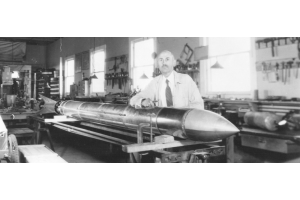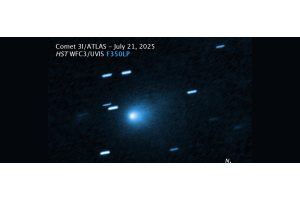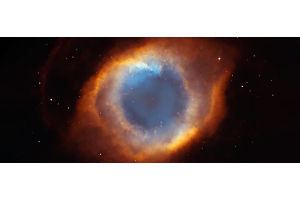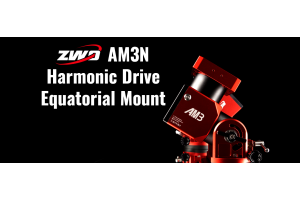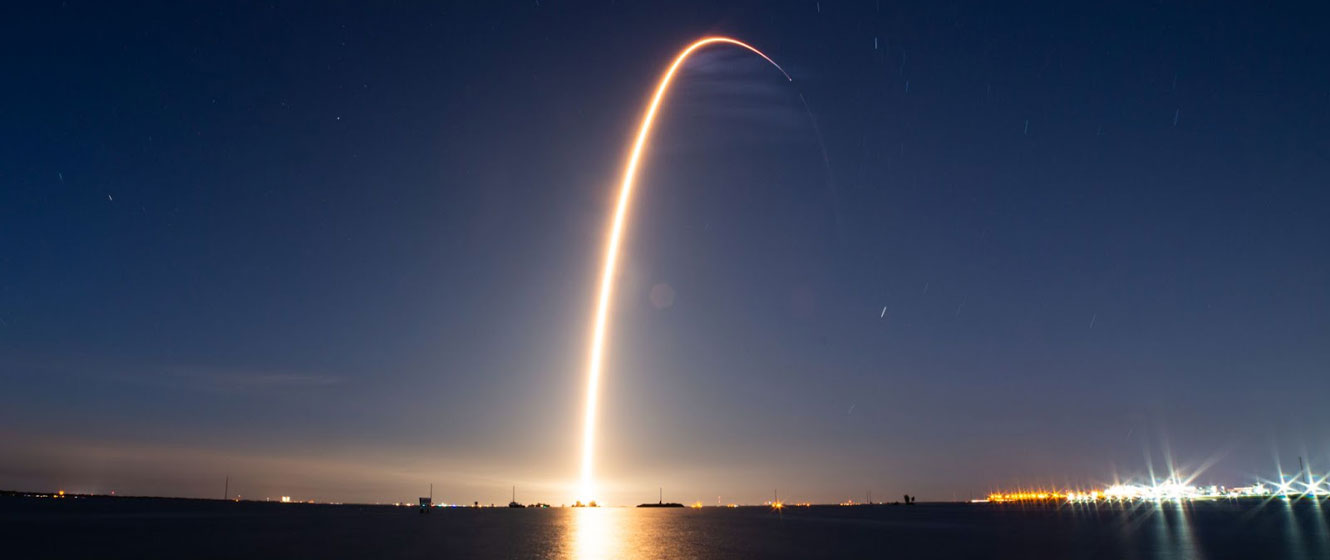
Since the dawn of the space age, spectators have filled up the beautiful beaches of Cape Canaveral, Florida to watch one of humanity’s most stunning displays of technology: a rocket launch. Rockets can carry robotic spacecraft to the planets, communication and weather satellites, resupply spacecraft to space stations, and - most famously - human beings into space. After photographing hundreds of rocket launches from Cape Canaveral - we’re sharing some great spots to view them.
Cape Canaveral
Famously, the best spot to view a rocket launch (arguably in the world) is from Cape Canaveral, Florida. Home to dozens of different launch vehicles, including NASA’s new Space Launch System (SLS) rocket and SpaceX’s reusable Falcon rockets, you can guarantee there being at least one rocket launch a week. If you’re willing to pay for your ticket, the closest you can get is at the Kennedy Space Center Visitor Complex’s LC-39 viewing location. This is less than three miles away from some of the launch pads (depending on the rocket being flown) but is closer than even the NASA Press Site, which is restricted to members of the press and employees only.
Slightly further away, about 4 miles from the launch pads, is Canaveral National Seashore’s Playalinda Beach. This is another paid option that you may consider (also a nice beach spot) that will give you a nice view of the entire launch sequence. However, this is only an option for day launches only, as the beach closes after sunset (6:00 PM or 8:00 PM depending on the time of the year) and costs $20 to get in.
You may also wish to consider the Saturn V Launch Viewing Center, about 5-6 miles away from the launch pads. The Kennedy Space Center Visitor Complex itself is also another good option, coming in at a little under 10 miles away from most of the active launch pads.
However, you’re not limited to just paid locations: rocket launches can be viewed anywhere from Titusville, Cocoa, et cetera. We recommend checking out Space View Park or Kennedy Point Park for a free location to view a launch any time of the day or night. These locations will range anywhere from 10-12 miles from the launch pad, depending on which launch pad is being used for a particular mission. A night launch is especially spectacular from these viewing points.
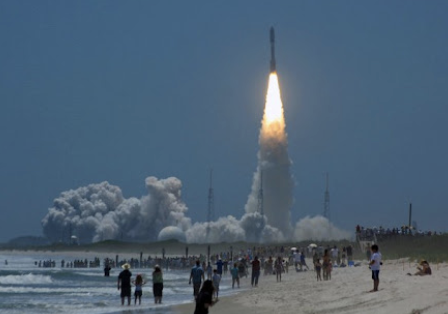
Along the East Coast
You’re not just limited to Florida if you want to see a launch. Night launches from Cape Canaveral are visible across the entire Eastern United States. People from all the way from New York City have reported being able to see some rocket launches, especially ones launching into the dawn about an hour before sunrise. If you know where to look, and if the rocket is launching on a northeasterly heading (launching a Starlink satellite or going to the International Space Station, for example), you will be able to see the rocket on the southwestern horizon heading northbound. It’ll appear as a bright star with a tail. If the lighting conditions are just perfect, you’ll even be able to see the exhaust trail being lit up by the sunlight, a phenomenon some photographers like to call the “Jellyfish Effect”.
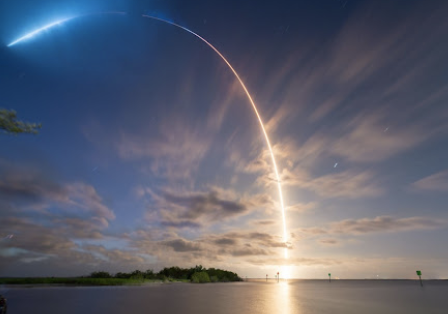
Photographing a Rocket Launch During the Day
Photographing a rocket launch during the day can be a challenge. The rocket flame is not nearly as bright as the sun and only may appear as nothing more than a candle going into the sky. We strongly recommend using a telephoto lens or a telescope to be able to capture the launch adequately. Avoid going beyond 600mm in focal length, as the rocket will be traveling very quickly and will be a challenge to capture at high focal lengths.
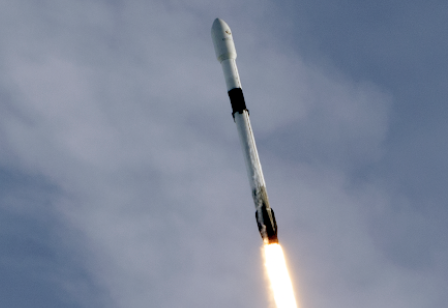
Photographing a Rocket Launch at Night
Night launches make for much more visually appealing subject matter. Night launches light up the entire sky like a second sun. Many photographers like to take what’s called a “streak shot” to be able to capture the launch sequence. To do this, you’ll want to take a 3-4 minute exposure with your DSLR using an intervalometer (a device that leaves the shutter release open for more than 30 seconds). However, it’s important to not over-expose your shot. We recommend taking a 3-4 minute exposure, leaving the ISO to about 100, and stopping the aperture down to f/20 or f/22 even. You’ll also need a very wide field lens, no more than 24mm, to be able to capture the entire launch sequence.
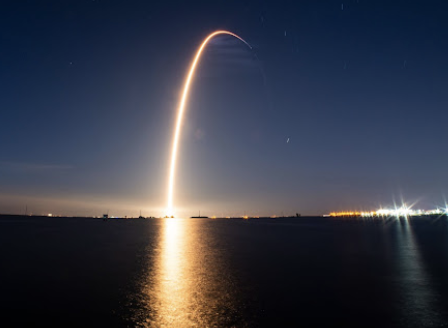

Learn More
Interested in learning more about astronomy and astrophotography? Not sure where to begin? Check out our Astronomy Hub to learn more!








